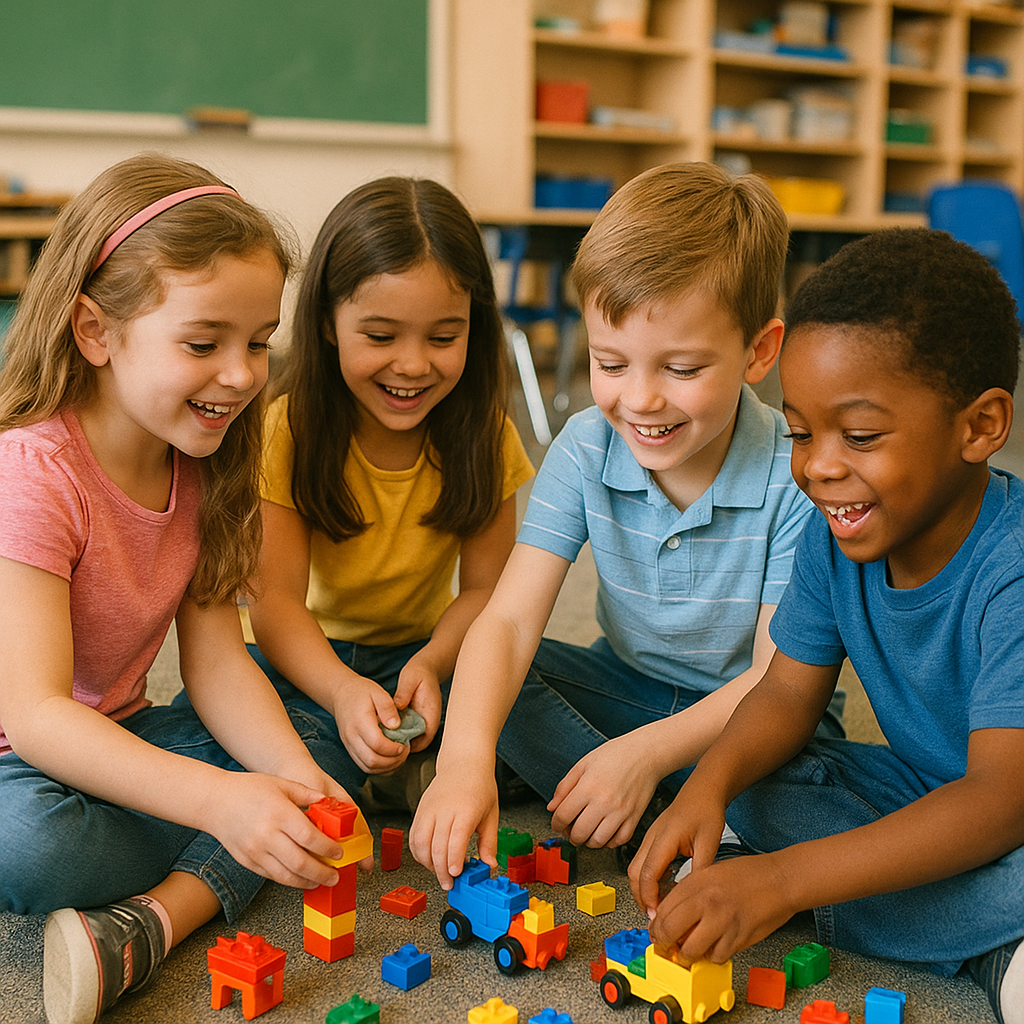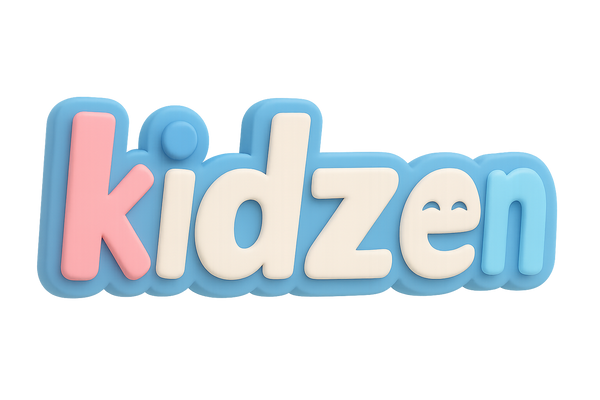
The Power of Play: Why Toys Belong in Schools
Share
🌟 Introduction
When we think of learning, desks and textbooks usually come to mind. But research suggests that toys in schools play a crucial role in child development. Incorporating structured and unstructured playtime with toys enhances not only cognitive skills but also emotional intelligence, social interaction, and creativity.
As Dr. Doris Bergen from Miami University puts it:
“Play with toys in a learning environment is not a distraction—it’s a developmental necessity.” (Bergen, D. “The Role of Pretend Play in Children’s Cognitive Development,” Early Childhood Research & Practice, 2002)
🧠 1. Boosting Cognitive Skills Through Manipulative Play
Hands-on toys such as building blocks, puzzles, and logic-based board games help children develop spatial reasoning, problem-solving, and fine motor coordination.
According to a study in Developmental Psychology (Fisher et al., 2011), children who regularly engaged with open-ended toys in a school setting displayed better executive function and planning skills.
“The manipulation of educational toys in group settings improves attention span and task persistence.” (Fisher et al., 2011)
👫 2. Social-Emotional Learning Through Peer Play
Toys act as social mediators, teaching children how to take turns, resolve conflict, and share responsibilities. Role-play toys (e.g., kitchen sets, costumes) help students practice empathy and understand others’ perspectives.
Research by Whitebread et al. (2017) found that play-based peer interactions using toys enhance emotional regulation and cooperative behavior in elementary-aged children.
“Children learn negotiation and emotional language more effectively in play-based, toy-supported interactions.” (Cambridge University, 2017)
🎨 3. Creativity and Imagination
Creative toys like clay, arts & crafts kits, or even toy animals allow students to explore original thinking, narrative building, and symbolic reasoning—skills that form the foundation of innovation.
This aligns with The American Academy of Pediatrics recommendation (2018) that schools integrate play with learning to “foster adaptive behavior and lifelong creativity.”
📚 Classroom Examples of Toys That Work
-
STEM Kits for group problem-solving
-
Role-play costumes for language development
-
Blocks and Magnatiles for spatial learning
-
Puppets and dolls for emotional expression
🧑🏫 Final Thoughts
Integrating toys into the school setting isn't about entertainment—it’s about whole-child development. With evidence-backed outcomes from emotional intelligence to cognitive agility, structured toy play should be a priority in modern education.
As Albert Einstein said:
"Play is the highest form of research."
